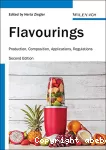1 Introduction
1 Introduction
+
-





